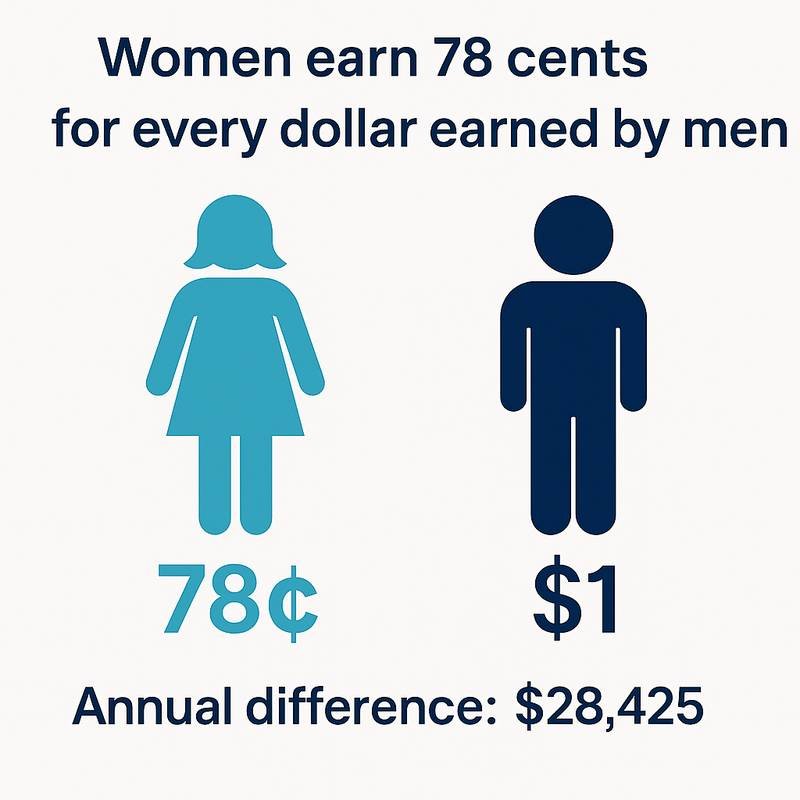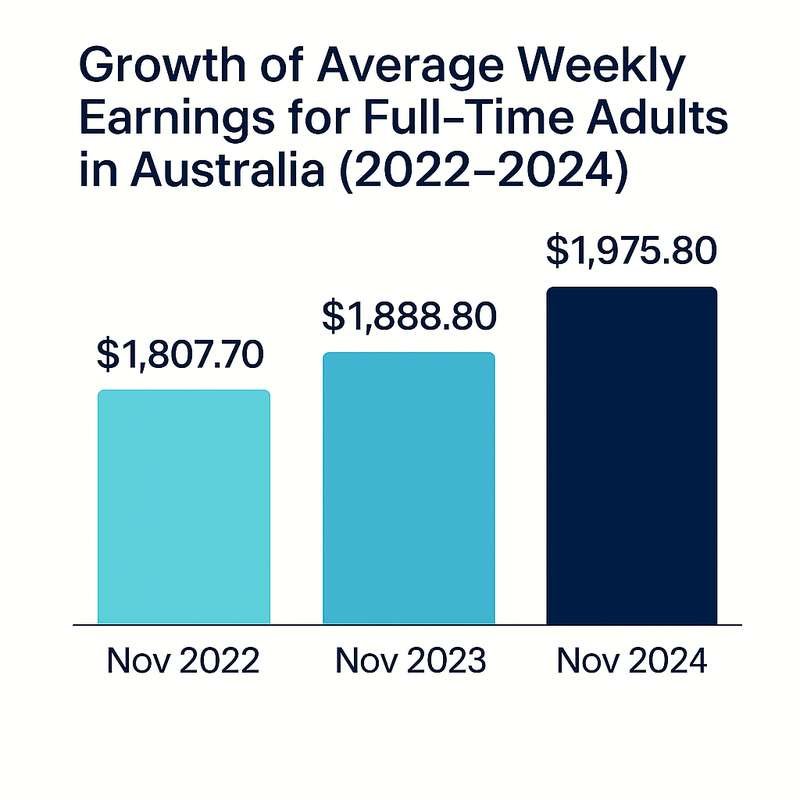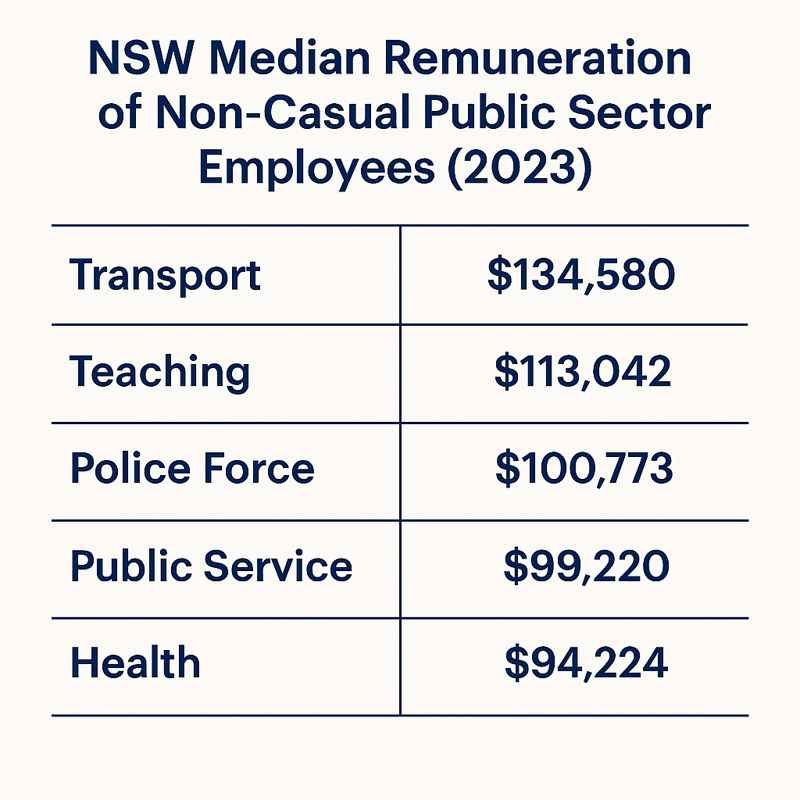Everything you need to know about salary transparency
Since the introduction of law supporting pay transparency in Australia on December 7, 2022, which banned pay secrecy clauses in employment contracts, there’s been ongoing discussion about the benefits and challenges for both employees and employers. Supporters say that pay transparency promotes fairness and trust, while others warn about problems and disagreements.
This guide explains what pay transparency means, explores its benefits and shares real examples in Australia.
What is pay transparency?
Pay transparency means employers openly share information about how much employees are paid and how those pay rates are decided.
Think of it like a restaurant menu with a price list. Just as you can see what each meal costs before you order, pay transparency enables you to know what different roles pay so you are not guessing or being kept in the dark. This openness helps ensure everyone gets fair pay.
The Benefits of Pay Transparency
Helps workers achieve fairness and equality
The biggest benefit of pay transparency is it helps make workplaces fairer and more equal.
When salaries are shared openly, it’s easier to spot and fix any unfair pay differences such as when two people doing the same job are being paid very differently. This can identify pay gaps due to gender, race, or other reasons. The result is a more inclusive and diverse workplace.
According to the Workplace Gender Equality Agency (WGEA), as of November 2024, the average gender pay gap is 21.8%. It included CEO, Head of Business, and Casual Manager earnings. On average, women earn 78 cents for every dollar earned by men, meaning women take home $28,425 less each year.

By identifying and making these gaps visible, workers and employers alike can start closing them, and move toward truly fairer pay.
Protects workers from exploitation and wage theft
In addition to addressing gender pay gaps, pay transparency can help prevent broader forms of exploitation such as wage theft and underpayment.
In 2023, the Fair Work Ombudsman recovered a record $509 million in underpayments for over 250,000 workers. That’s about $2000 per worker.
By making pay rates and pay practices visible, employers can be held accountable. Transparency acts as a safeguard against underpayment, whether accidental or deliberate wage theft.
Boost your morale and wellbeing at work
Transparency builds trust. When employees know how their salaries compare to their peers, it can reduce suspicions of unfair treatment and boost morale.
Employees are more likely to feel valued and respected, leading to increased job satisfaction and loyalty.
When workers feel confident that they’re being treated fairly, it can lower stress and anxiety that often come with uncertainty around pay. Feeling secure and valued at work contributes to overall mental health and wellbeing.
Understand market pay rates and get what your job’s really worth
Beyond individual workplaces, pay transparency also offers valuable insights into broader job market trends. By understanding market pay rates, workers can make better career decisions, negotiate more confidently, and work toward building a secure financial future.
According to the Australian Bureau of Statistics (ABS), the average weekly ordinary time earnings for full-time adults were $1,975.80 in November 2024.

By making more salary data available for roles and industries, beyond average census figures, you can take better control of your pay and future.
Australian Case Studies: Pay Transparency in Action
Telstra: Taking action on pay gaps
Telstra, one of Australia’s largest telco companies, has taken some real steps to improve fairness at work, especially around gender pay. Read more about Telstra’s commitment in the company’s statement on the gender pay gap. Their data is available through WGEA’s Employer Data Explorer.
What they’re doing:
- Pay audits: Telstra reviews their employee pay data to find any unfair pay gaps, particularly between men and women in similar roles. If they spot issues, they make adjustments.
- Pay policy: They also have a formal policy that says men and women doing the same job should be paid fairly, and managers are expected to help make that happen.
Why it matters:
WGEA’s latest figures from 2023-24 report show that women at Telstra Corp earn 5.3% less on average total pay than men and are underrepresented in higher-paid roles. Telstra has started to fix this by auditing pay and ensure managers are held accountable.
NSW Public Sector: Making Pay More Transparent
New South Wales (NSW) has made real efforts to help close pay gaps and show workers what people actually earn, particularly in senior roles.
What they’re doing:
- Publishing pay info: NSW makes the salaries of senior public servants public. Anyone can look them up at Remuneration section in the Workforce Profile Report 2023 for the latest report. It’s a way to build trust and make sure pay decisions are open and fair.

- Tracking the gender pay gap: The state also has a plan in place to reduce gender pay gaps. In 2023, the gap for top executive roles was just at 2.6% across senior bands, with Bands 1 and 3 at only 2.1%. This shows real progress toward fairer pay for women and men in leadership. Read the Gender section in the NSW Government’s Workforce Profile Report 2023.
Why it matters:
By sharing this data openly and working to reduce unfair pay differences, NSW is showing what’s possible. It’s a strong example of how public sector employers can be more transparent and help lead change that benefits all workers.
Conclusion
Pay transparency is a powerful tool for promoting fairness, trust, and better opportunities at work. While it comes with challenges, the benefits can far outweigh the drawbacks. By understanding your rights and the role of transparency, you can make more informed decisions, advocate for fairness, and be part of creating a more equal workplace.
Learn more about why we created Echochime and how we’re building a community for fair pay on our About Us and Home page.
Summary
This guide gives you an overview of what pay transparency is, why it matters and how employers use it in Australia. By learning about pay transparency, you can better understand your worth, compare pay across roles and industries, and help push for fairness.
Curious about the pros and cons of pay transparency? Read our next article, The Pros and Cons of Pay Transparency for Workers.
Wondering how to actually use pay transparency to your advantage? Discover how it can help you plan smarter and earn more.
Disclaimer:
The information provided in this article is general in nature and does not constitute legal, financial, or workplace advice. While we aim to keep our content accurate and up to date, you should seek independent advice that considers your specific circumstances


